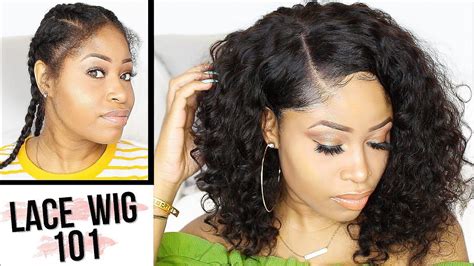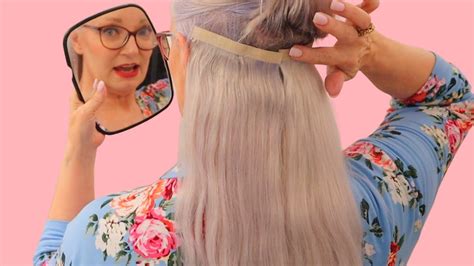Thinning hair is a common concern for older women, but it doesn’t have to be a problem. Hair extensions offer a quick and easy way to add volume and length to thinning hair.

- Over 50% of women over the age of 50 experience hair loss.
- Hair extensions can be used to add volume, length, or both.
- There are a variety of hair extension types available, including clip-in, tape-in, and bonded extensions.
- Hair extensions can be customized to match your hair color and texture.
There are three main types of hair extensions:
- Clip-in extensions: These extensions are attached to your hair with clips. They are easy to apply and remove, and they can be used to add volume or length.
- Tape-in extensions: These extensions are attached to your hair with tape. They are more permanent than clip-in extensions, but they can also be removed without damaging your hair.
- Bonded extensions: These extensions are attached to your hair with a bonding agent. They are the most permanent type of hair extensions, but they can also be the most damaging.
The type of hair extensions you choose will depend on your individual needs and preferences. If you are looking for a quick and easy way to add volume, clip-in extensions are a good option. If you are looking for a more permanent solution, tape-in or bonded extensions may be a better choice.
- A celebrity hairstylist advises, “When choosing hair extensions, it is important to match the color and texture of your own hair as closely as possible. This will help the extensions blend in seamlessly.”
- “It is also important to take into account the length and thickness of your hair when choosing extensions,” she adds. “You want the extensions to look natural, so choose a length and thickness that is similar to your own hair.”
- “Finally, be sure to consult with a professional hairstylist before getting hair extensions,” she cautions. “A hairstylist can help you choose the right type of extensions for your hair and can apply them correctly.”
- Don’t use extensions that are too heavy for your hair. This can put stress on your hair and cause it to break.
- Don’t wash your extensions too often. Over-washing can damage the extensions and make them look dull.
- Don’t brush your extensions when they are wet. This can cause the extensions to tangle and mat.
- Don’t use heat styling tools on your extensions. Heat can damage the extensions and make them look frizzy.
Pros:
- Can add volume and length to thinning hair
- Can be customized to match your hair color and texture
- Can be a relatively affordable way to improve your hair’s appearance
Cons:
- Can be time-consuming to apply and remove
- Can be uncomfortable to wear
- Can damage your hair if not applied correctly
Hair extensions can be a great way to add volume and length to thinning hair. However, it is important to choose the right type of extensions for your hair and to apply them correctly. By following these tips, you can avoid common mistakes and get the most out of your hair extensions.
Here are 4 useful tables that can help you choose the right hair extensions:
| Type of Extension | Attachment Method | Permanence | Cost |
|---|---|---|---|
| Clip-in | Clips | Temporary | $50-$200 |
| Tape-in | Tape | Semi-permanent | $200-$400 |
| Bonded | Bonding agent | Permanent | $400-$800 |
| Sew-in | Thread | Permanent | $600-$1200 |
| Type of Extension | Pros | Cons |
|---|---|---|
| Clip-in | Easy to apply and remove | Can be uncomfortable to wear |
| Tape-in | More permanent than clip-in extensions | Can damage hair if not removed properly |
| Bonded | Most permanent type of hair extensions | Can be expensive |
| Sew-in | Most customizable type of hair extensions | Can be time-consuming to apply |
